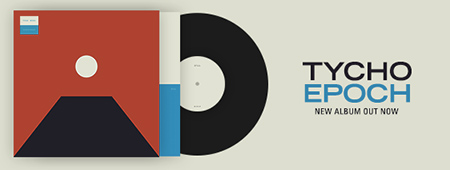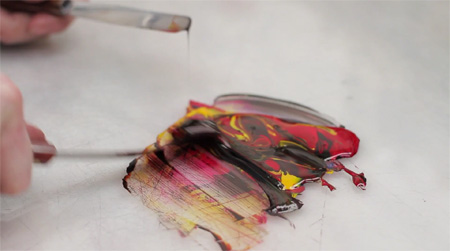
I always see those huge drums of ink sitting around when I’m on press for a print job but it rarely occurs to me to ponder where it comes from. Well thanks to The Printing Ink Company, now we know. It’s amazing the time and the attention to detail they put into each step. Beautifully shot; the whole thing really makes me appreciate printed materials all the more.
Written and produced by Ian Daffern | Directed and Edited by Tate Young
Video Source
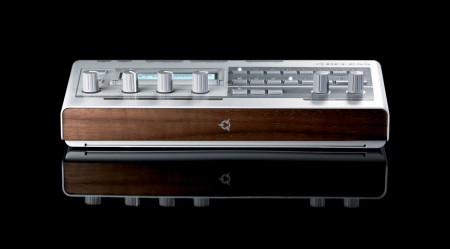
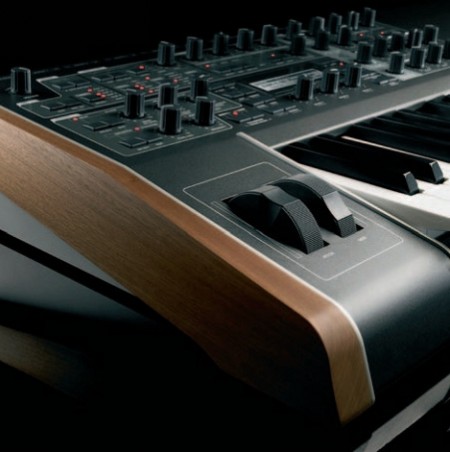
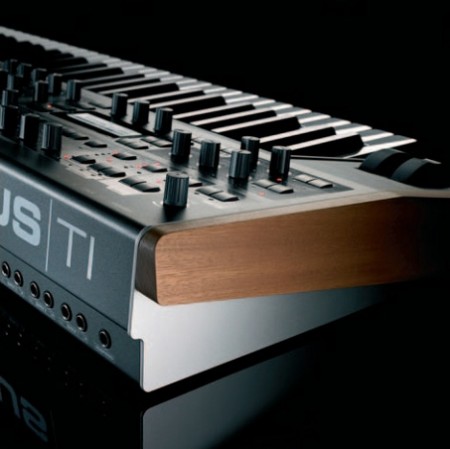
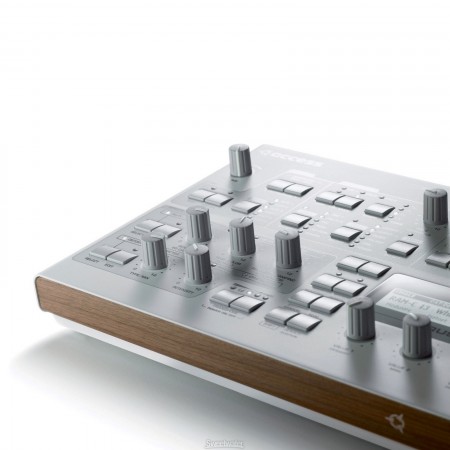
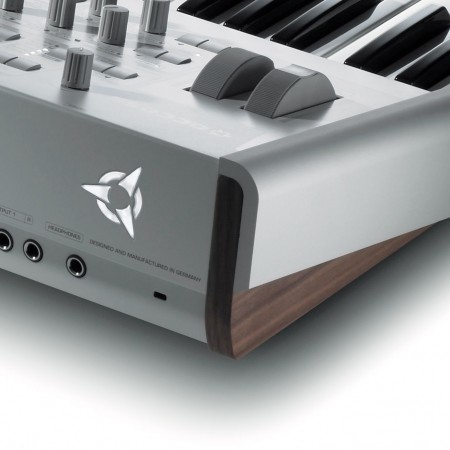
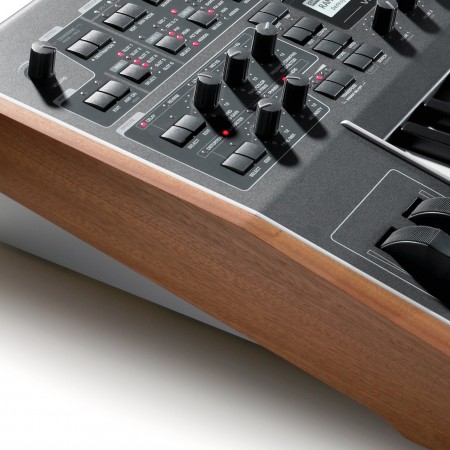
Pictured above are some shots of the various models in Access Music’s Virus TI2 line. Of all the musical equipment manufacturers out there, I’d have to say that the Recklinghausen, Germany based outfit are making some of the most innovative and powerful sound synthesis tools available today. But aside from that, they’re incredibly beautiful and well-crafted machines. I’ve owned several and have to say I’ve always been amazed at the build quality and attention to detail they put into their equipment. I love how they take subtle cues from the past — the perfectly measured application of wood is a perfect example — while still pushing the design forward. As I’ve said before, it doesn’t get any better than stainless steel and wood, and the TI2 KB features a stainless steel/wood sandwich on the endcaps. Sort of like the amazing Jupiter 6 caps, but with wood (I sold a Jupiter 6 once. Worst mistake ever). But none of this comes cheap, these are also some of the most expensive synthesizers out there (probably the most expensive VA’s). I’d have to say they’re well worth the money though, the sound is unmatched and they’re built to last.
What I really admire about what Access is doing is that they’re doing it all from within the festering pit of mediocrity that is the music technology industry, an industry dominated by bad taste and terrible interface design. I don’t know what it is that drives industrial design in music technology, but you’d swear every new keyboard was designed by the backup drummer from Ratt. So I really admire it when a company steps up and chooses quality design over gimmicky superfluousness and nonsensical hyperbole (Tubes? Really? I bet they’re not even in the signal path). Roland is the saddest example of a once great company committing egregious latter day design sins. This is the company that brought us the iconic 808, 909, MSQ-700, SH-5, and Jupiter 8. Music machines with incredibly well thought out interfaces which were also durable and aesthetically pleasing. The best they can muster now are bloated, plastic, messes that look like a cross between a dvd player and a karaoke machine. And they don’t sound any better than they look. Oh yeah, once in a while try to reclaim their former glory with a cheap knockoff of their own product (to be fair, Korg is just as guilty of this as Roland).
But I digress… If you’ve caught some of my posts on the studio or seen the live show you may have noticed that I’m quite fond of my Virus C synthesizers. Of all the VA (virtual analog) synthesizers out there, I’d say the Virus has the most warm and unique sound. When it comes to VA’s, I think it’s all about the converters. The modeling can be dead-on but if you’re running through some space-age, 24-bit converters, the sound is going to be cold and rigid. That’s the thing that (used to) set the Virus line apart from the rest, the converters. They were warm and gritty, you could really feel the sound, it was authentic. First came the Virus A, which many still consider the best sounding of the Virus line (I wouldn’t know, I’ve only used the C line and on). Then came the B, which I heard had a little cleaner converters (read: worse). And right around the time I became aware of the Virus they came out with the C line. I was sold the first time I played one. They come shipped with the bucket full of useless euro-trance trash patches that are apparently legally required to preload on a new synth, but once you get past those and start digging in and programming, you can make them sing.
A couple years later they came out with the TI line and I got a TI Polar. To tell the truth, I was pretty disappointed by the sound. It was just too sterile, too pristine. They had apparently implemented the new 24-bit converters and you could hear it. I ended up selling the Polar and sticking with my C KB and Indigo Redback. Which was unfortunate, because the TI’s are just so beautiful. And also because Access no longer makes the mainboards for the C models. One bad power setup at a show and my Indigo is toast, for good.
Images Source: Access Music
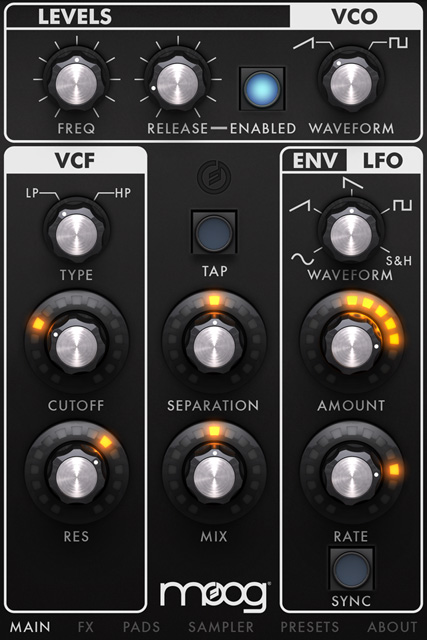
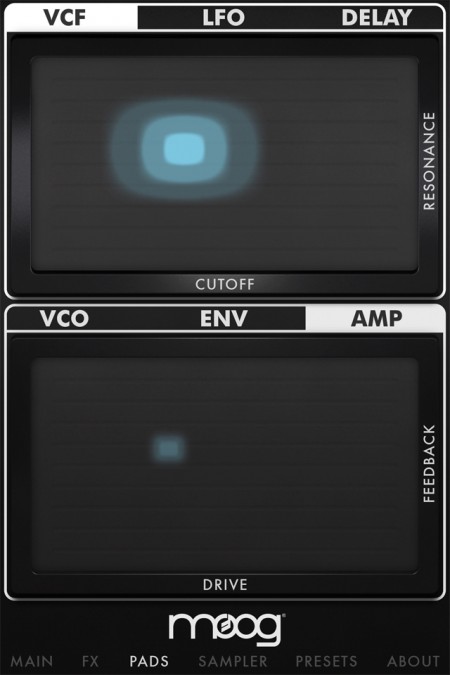
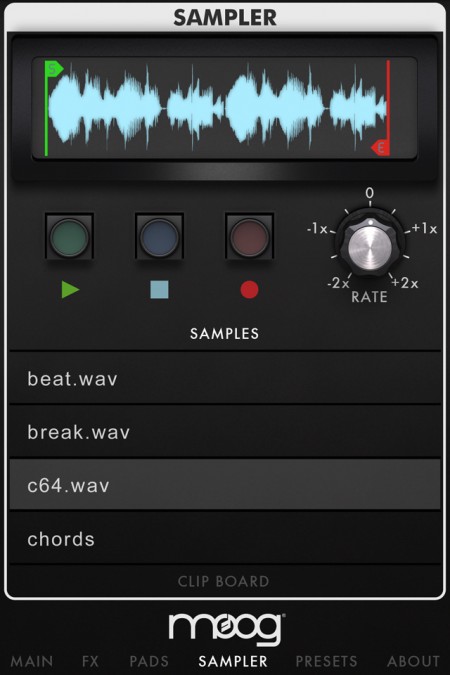
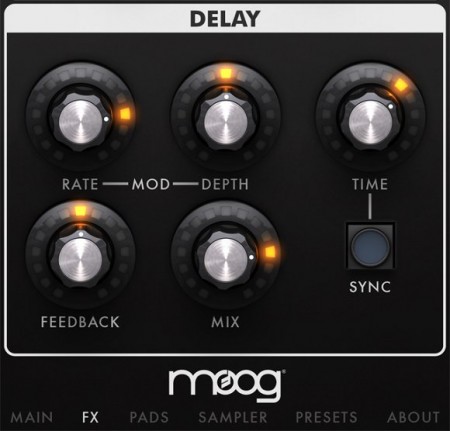

CDM is reporting on a new iOS based Moog product called Filtatron, “an iPhone Filtering, Effects, and Sampling App”, basically Moogerfoogers on your phone. This is looking pretty amazing interface-wise; very true to the signature Moog aesthetic with the Little Phatty style rotary encoders and soft buttons. From a strictly user experience perspective this must have been a lot of fun to design. It will be interesting to see how it actually sounds compared to the real thing though — I’m going to take a wild guess and say it sounds nothing like a MoogerFooger. Software analog modeling is an imperfect art (or perhaps too perfect); it’s best to think of it as it’s own beast entirely than a faithful representation of the sonic characteristics of a true analog circuit. At any rate it’s interesting to see music technology makers pushing the capabilities of mobile devices. Software like this can may never replace analog hardware, but it would be nice to have the portability and power when you’re away from the studio, even if it comes with a healthy dose of compromise. See also: iRig
Source MatrixSynth via CDM
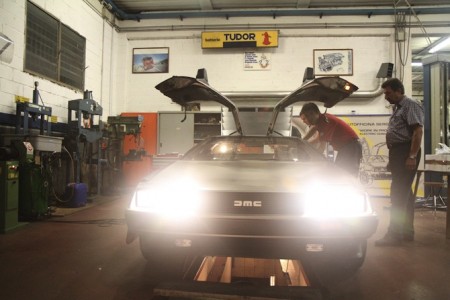
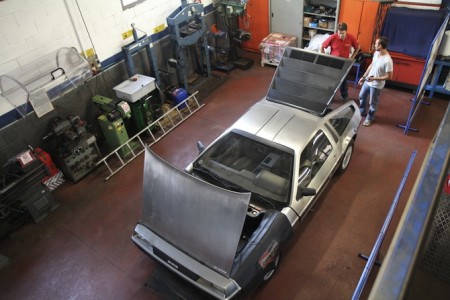

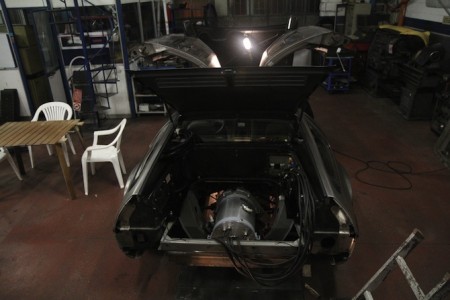
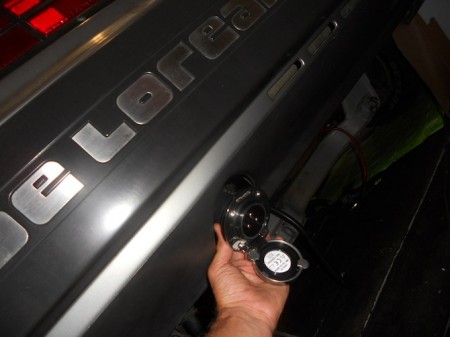
I’m posting this partly because there was one parked outside my house on Monday and partly because you can’t have grown up during the 80’s without lusting after these things (but I’m guessing all designers, regardless of age, have at least a passing interest in the aesthetics of this car). Gizmodo reports that an Italian team has converted a DeLorean DMC-12 to run on lithium-ion batteries. Sounds like fun but I think I’d rather just buy a new one.
Source Gizmodo

We’re pleased to present the exclusive premiere of a new song and video by one of our favorite new artists, Memoryhouse. Yours Truly captured this beautiful performance of Pale Blue by the Canadian duo while they were visiting San Francisco’s The SUB. Stay tuned here for more info on the upcoming album and tour dates.
Memoryhouse – Pale Blue Video
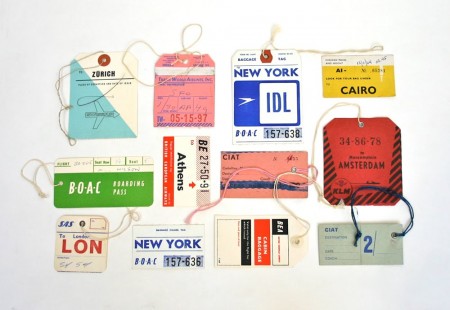
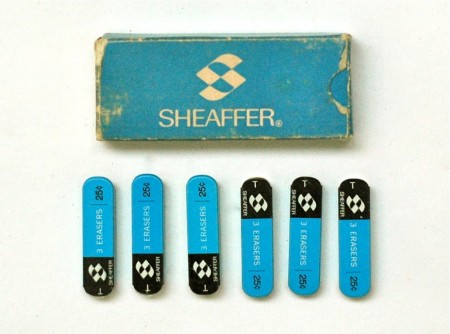
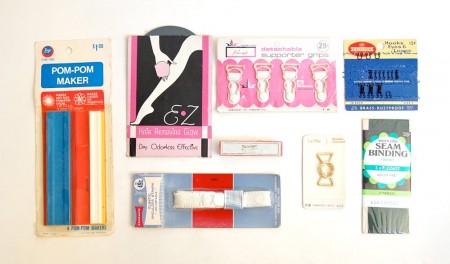
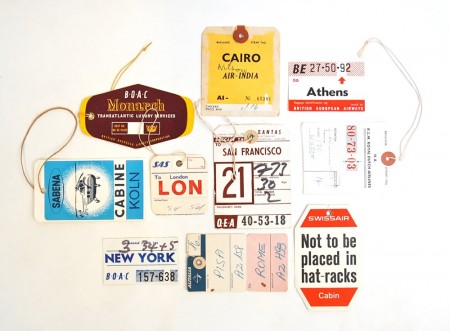
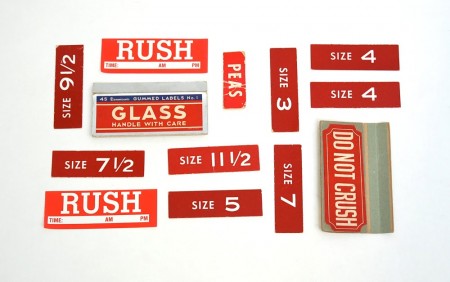
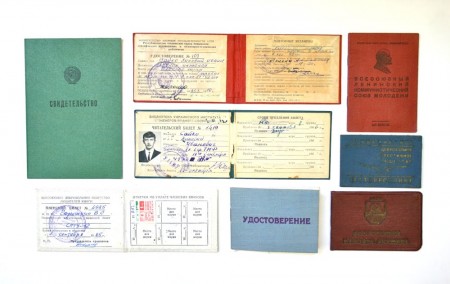
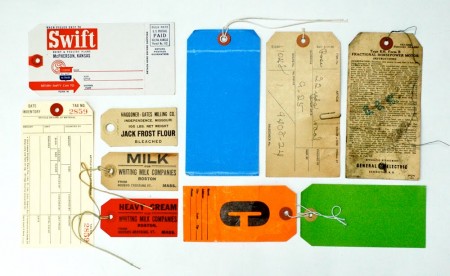
A Collection A Day is a blog by Lisa Congdon chronicling her daily obsession with assorted ephemera. I’ve always held onto little scraps and tokens like these, but none are as good as the stuff Congdon has on display. I often find this kind of stuff even more inspirational than straight-forward design, particularly the airline tags.
Source A Collection A Day via Grain Edit
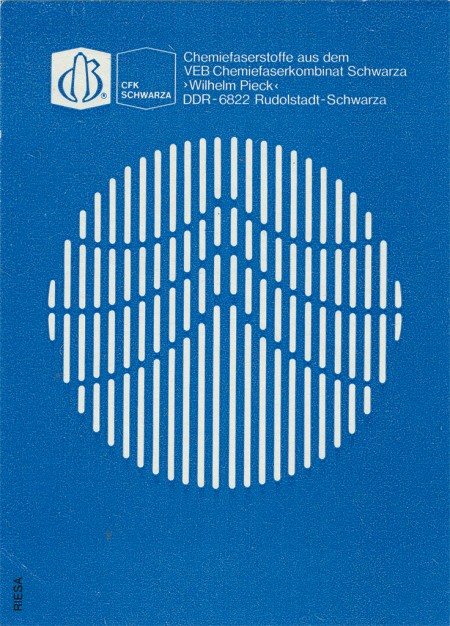
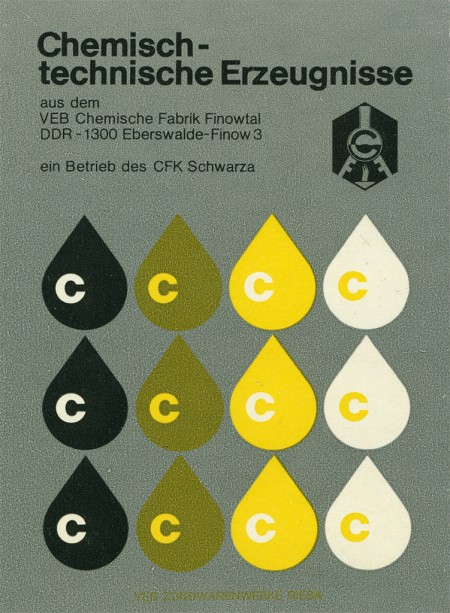

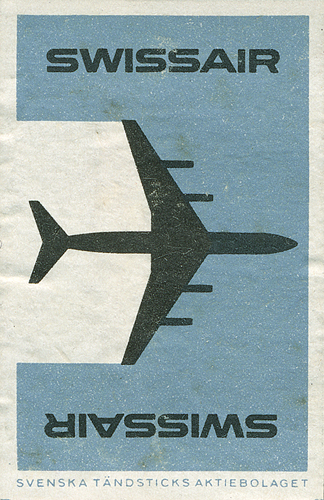
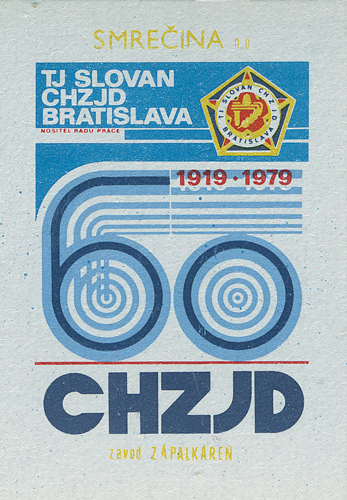
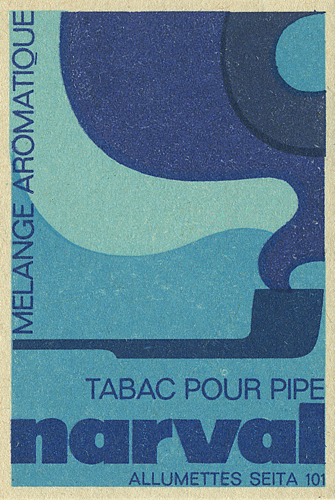
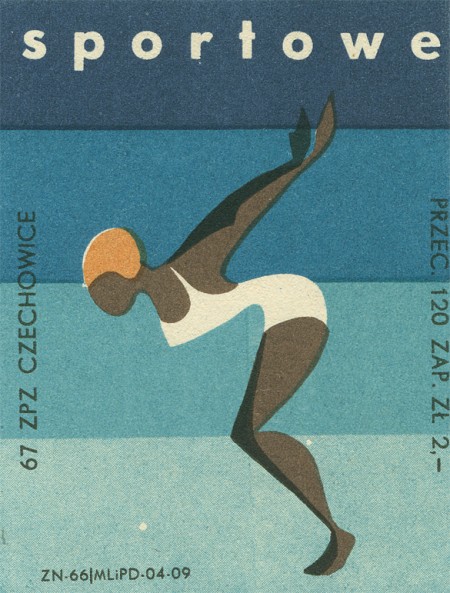
Shailesh has some excellent examples of various matchboxes up on his flickr. I forgot where I found this link but I’m going to take a wild guess and say it’s from Dave over at Grain Edit, who has a very impressive matchbox collection of his own.
Source





I just got back in from Toronto which was the last stop on the short Tycho tour we just did (I was joined by Dusty Brown and Zac Brown for the live sets). I just wanted to thank everyone so much for having us, we had a great time playing for you and couldn’t have asked for a better vibe. Our very own contributing writer Shelby White was on hand at the Seattle show to shoot with his 1D MK2. As you can see (above) the results were beautiful, he really captured the feel of the lighting that night. And that last one of Dusty is amazing!
I’m going to take a break from shows for a little bit here while I tie up some loose ends on the music front, but we’ll be hitting the road again — and making it to a lot more cities — once the album comes out and we have time for a proper tour.
Images Source: Shelby White / Wanken Blog

















